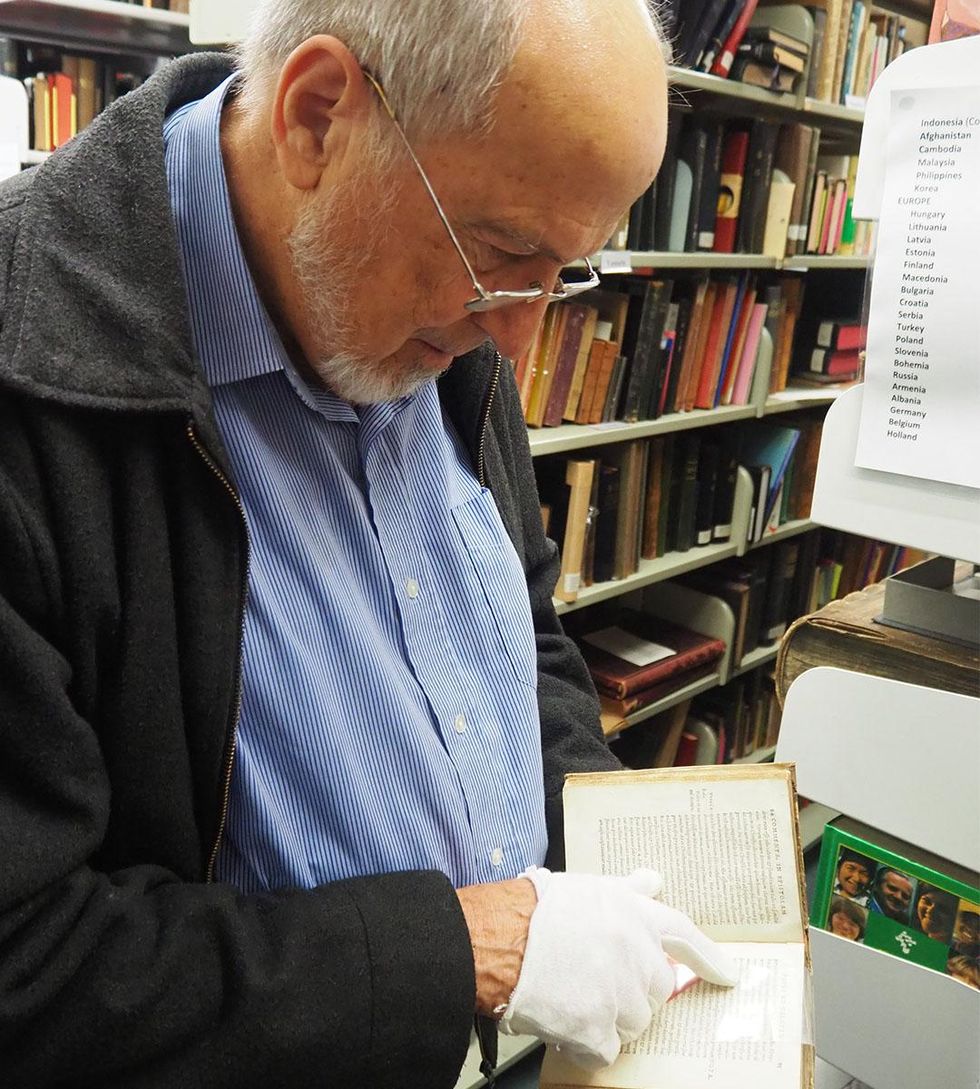Historian and linguist John Harris reexamines the darker actions of the celebrated early governor of NSW.
Those of us who grew up in the Australian school system were taught the "key milestones" of the nation's colonial history: Captain Cook, the First Fleet, convicts, the gold rush and Governor Lachlan Macquarie all got a mention. Macquarie was introduced to us as the man who envisioned Australia as a free settlement. His enthusiasm for freeing convicts and Mrs Macquarie's Chair, his wife's seat near the Royal Botanic Garden, are all I remember of him from those days in the classroom.
As our society begins to re-examine its colonial past and the darker actions of celebrated historical figures surface, Macquarie has not been spared. Historian and linguist John Harris, examines Macquarie through the lens of his treatment of Aboriginal people in his new book Judging the Macquaries: Injustice and Mercy in Colonial Australia (Acorn Press).
Uncovering injustice and mercy
EMILY ANDERSON
Historian John Harris reviews a book once owned by Macquarie.




Five things they never taught us in school
1. Macquarie believed Indigenous people should be treated as equal to Europeans. In a letter to British vessels entering NSW, he wrote:
"The natives of this territory are to be treated in every respect as Europeans, and any injury or violence done or offered to the men or women natives will be punished according to the law in the same manner and in equal degree as if done to any of his Majesty's subjects…"
Although he saw them as equal in humanity, he believed that European culture was superior and that best thing for Aboriginal people was for them to become "civilised".
2. He established a Native Institution for Aboriginal Children In 1815, with this goal of "civilisation" in mind. There they were taught reading, writing and religious education. The boys were taught manual labour, agriculture, mechanic arts and other skills while the girls were taught sewing, knitting and spinning.
3. Macquarie also punished Aboriginal people under European law. Part of treating them in "every respect as Europeans", was that Macquarie saw them as coming under the British laws of crime and punishment. In one order responding to Aboriginal resistance to the encroaching settlement, he wrote:"
"The native blacks of this country inhabiting the distant interior parts… have committed most daring acts of violence…it will be absolutely necessary to inflict exemplary and severe punishments on the mountain tribes… it is my intention to send a strong detachment of troops to drive them to a distance from the settlements…"
4. Troops were sent out on April 10, 1816. In the early hours of April 17, the soldiers open fired on the group of Aboriginal people on the Cataract River, near Appin. Macquarie's orders led to the death of 14 Dharawal people in what became known as the Appin Massacre.
5. Despite these punitive actions, Indigenous people were counted among the Macquaries' friends, including at least one Eora man. They treasured a portrait of the unidentified man and following their return to Britain, the painting was hung at Jarvisfield, their home on the Scottish Island of Mull. It is now part of the State Library of New South Wales' collection.
Emily has completed a Bachelor's double degree in International Studies and Media at UNSW. She loves eating, but not cooking, running but not walking and shopping, but only if she can find a good bargain.



Cultural ping pong: Dancing on the edge of two worlds